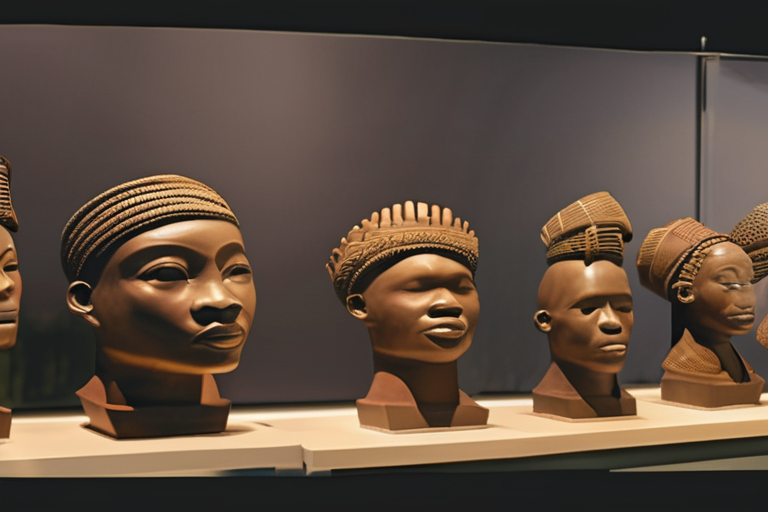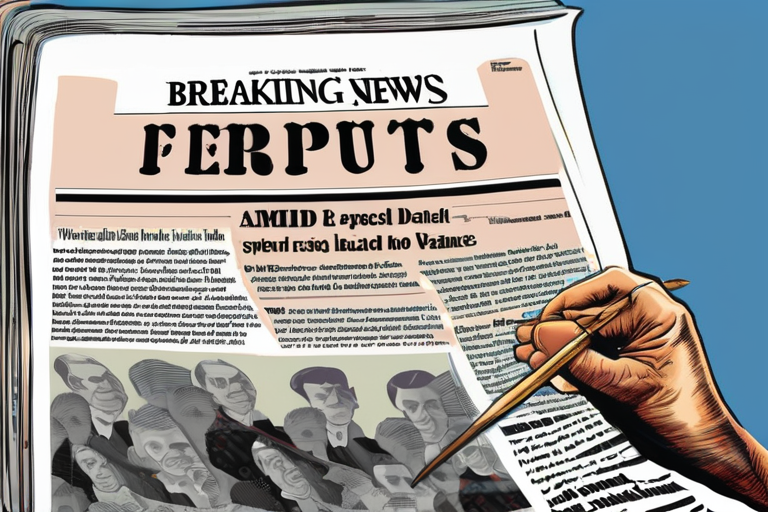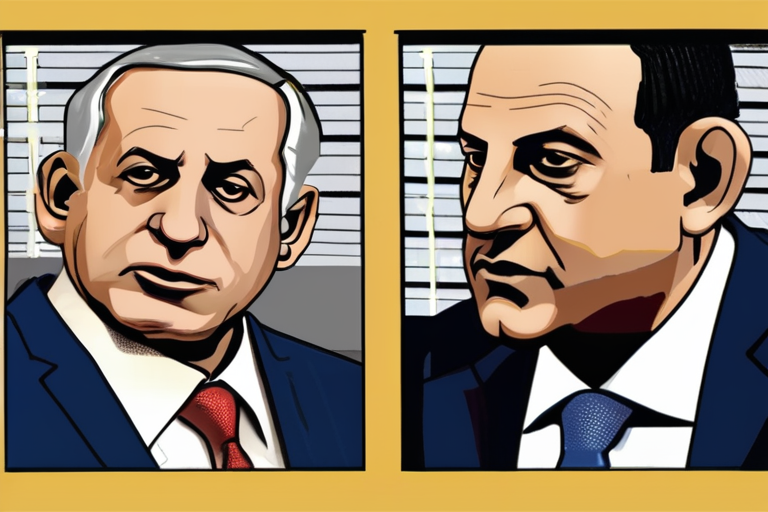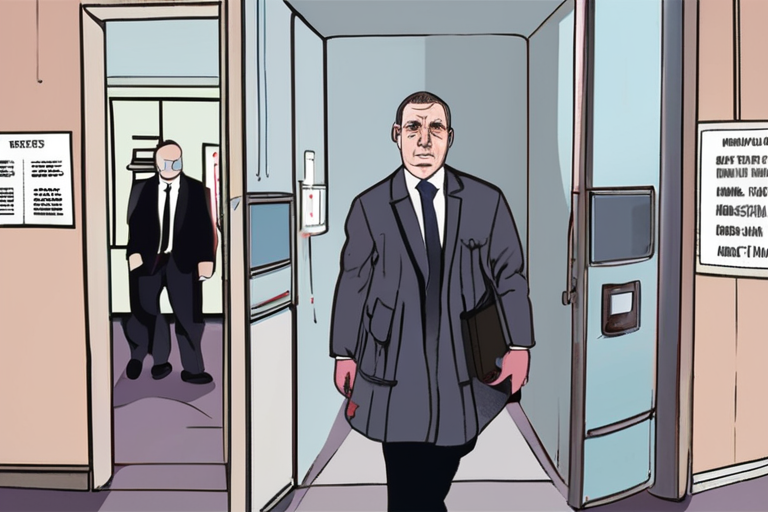Nigeria's Benin Bronze Museum Falls Short: Clay Replicas Replace Looting Victims' Treasures


Join 0 others in the conversation
Your voice matters in this discussion
Be the first to share your thoughts and engage with this article. Your perspective matters!
Discover articles from our community

 Hoppi
Hoppi

 Hoppi
Hoppi

 Hoppi
Hoppi

 Hoppi
Hoppi

 Hoppi
Hoppi

 Hoppi
Hoppi

BREAKING NEWS: Free Speech Crisis Erupts Amid Kirk's Tragic Death, Vaccine Guidance Overhaul ABC's suspension of Jimmy Kimmel's late-night show …

Hoppi

Turning Point or Political Theater? The Big Push for Palestinian Statehood Explained As the sun rose over the United Nations …

Hoppi

Climate Tech Companies to Watch in 2025: Innovation Crucial to Avoid Catastrophic Impacts According to the MIT Technology Review, the …

Hoppi

Netanyahu Hopes to Announce Hostage Release "In the Coming Days" Jerusalem - Israeli Prime Minister Benjamin Netanyahu expressed optimism on …

Hoppi

Breaking News: France Transfixed by Murder Trial Without a Body A highly publicized murder trial has begun in France, captivating …

Hoppi

Sep 1, 2025 5:00pm PT H Is for Hawk Review: Claire Foy Is Enraptured With Raptors in an Unconventional Yet …

Hoppi